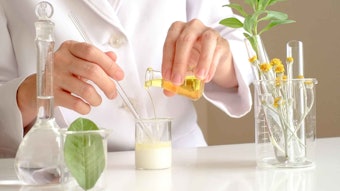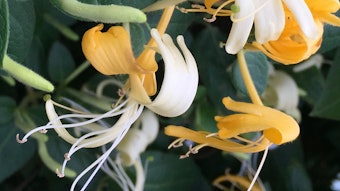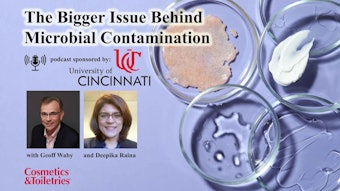This topic of water content and water activity should be of interest to all formulators interested in product safety and stability. It is a concept associated with preservation and one often discussed by industry expert David Steinberg.
Water content refers to the sum of all the water either added to, or introduced with raw materials in, a formulation. The analytical method to assess water content is a titration method that was established in 1935 by Karl Fischer (see Karl Fischer Titration).
Water activity or aw is different from water content in both a qualative and quantative way. First, it is a ratio of the vapor pressure of a liquid divided by that of pure water at the same temperature. Pure distilled water has a water activity of 1.00 (unitless). Second, the value in formulations is rarely 1.00. This means the ingredients in the formulation interact with the water content, altering how that water interacts with the air above the sample.
Water migrates from areas of high aw to areas of low aw. For example, if honey (aw ≈ 0.6) is exposed to humid air (aw ≈ 0.7), it will absorb water from the air.
This is of interest to the formulator since it is water activity, not water content, that is most important to preservation. Most bacteria cannot grow at an aw below 0.9; yeasts cannot grow at an aw below 0.85; and molds cannot grow at an aw below 0.7. So-called dehydrated foods have aw lower than 0.61.
For many years, researchers tried to equate bacterial growth potential with water content but found the values were not universal; rather, they were specific to each food product.
In 1953, W. J. Scott first established that it was water activity, not water content, that correlated with bacterial growth, and it is now firmly established that growth of bacteria is inhibited at specific water activity values. US Food and Drug Administration regulations for intermediate moisture foods are based on these values.
Further, water activity is related to moisture content in a non-linear relationship known as a moisture sorption isotherm curve. These isotherms are substance- and temperature-specific and can be used to help predict product stability over time and under different storage conditions.










